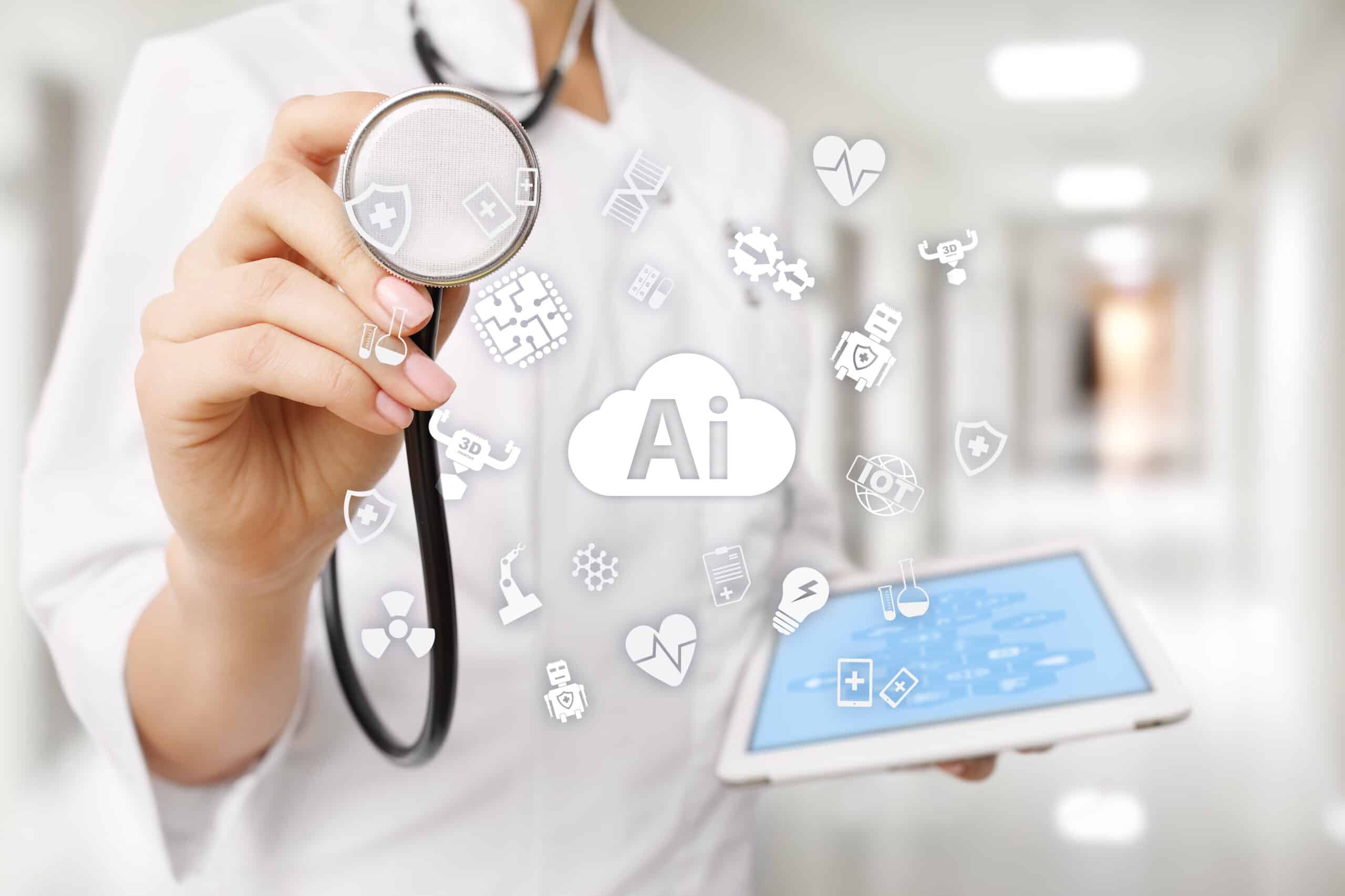There’s a lot of talk these days about customer 360, and focusing on all the aspects of customer care in healthcare and life sciences. This is such an important step forward in improving the industry — but what if there were more? What if instead of just the consumer, it was an entire 360 ecosystem, with connected information reaching all corners of the healthcare domain? From consumer to clinical network to provider care and all outcomes — a 360 ecosystem of care is a truly holistic way to bring the healthcare industry into the future.
But in order to create the future, one must first learn from the past.
Even as recently as 25 years ago, there was typically one doctor you went to for all ailments. One doctor who knew your entire medical history and could appropriately diagnose or treat you. But as medicine advanced and more specialties arose, more and more doctors existed to help and heal. Today, medicine is a collaborative effort with multiple stakeholders, including one’s friends and family.
With new specialists and emerging practice areas, individuals are able to access more medicine, treatments, and therapy than ever before. However, this also makes the ability to navigate the medical system increasingly complex. For example, parents having to not only deal with their own wellness, but also coordinate the care of their children, partners, and parents — creating the concept of the Medical Mom or Dad.
Disjointed data
Part of the challenge in this new world of advancing medical capabilities exists in siloed consumer information. (From here on, “consumer” will be used in place of both patient and member.) We all go to the doctor with an assumption of quality — but without all the right information available to a doctor, it is difficult for them to make complex decisions. While there has been much progress on interoperability, the years-old issue still haunts us. However, with the recent updates to the interoperability standards, consumers are starting to have more control over their information, which will help. According to the new guidance from the Department of Health and Human Services, their “newly implemented interoperability rules are designed to improve the quality and accessibility of information that Americans need to make informed healthcare decisions, including data about healthcare prices and outcomes, while minimizing reporting burdens on affected healthcare providers and payers.”
With each doctor maintaining their own longitudinal records, information often isn’t shared for a holistic view of the consumer and the consumer is left with the task of remembering it all (or worse, being the centralized source of navigating conflicting information). We’ve all seen elderly consumers walking into their doctor’s office with their bag of pills, or more experienced individuals who have multiple chronic diseases walking around with a pile of their medical records, leaving nothing to chance.
For example, a person could go to their doctor who would run tests and, upon results, refer them to a specialist. This specialist, new to the individual, would know only the result of the test that sent them their way, unless they were part of the same hospital system and shared an EHR. They would lack a complete medical history, or a working knowledge of their new consumer’s needs. Between primary care, urgent care, hospitals, specialists, and therapists, not everyone would have the right or even the most current data to diagnose and treat the consumer properly. Amidst this world of unknowns, duplicate tests, and possible mistreatments or diagnoses could arise — taking valuable consumer and practitioner time, and increasing the cost for the consumer. And now enter the additional domain of information, social determinants of health, which have proven to greatly impact a consumer’s health.
Connecting, coordinating care
More and more information is being shared between practices and medical centers. However, it took quite a long time, risking high-quality health for many in the process. EMRs became the norm, with many medical practices aggregating their data via solutions like Cerner’s HealtheIntent, which established the first true longitudinal consumer record or regional/state health information exchanges.
As we move into a more connected age of healthcare, providers need to engage with their consumers, leveraging a 360-degree understanding of their care. With the advent of CRM in healthcare and the Salesforce platform, sharing consumer records has become easier and faster. Medical facilities rely less and less on mail, fax, or consumer memory to convey medical histories between doctors, specialists, or therapists. Digital records, files, etc. can now be shared across networks, from location to location in minutes or moments, and in a variety of methods and access points.
Now that a scalable platform exists that allows you to engage consumers and clinicians based on their preferences, and leverage that 360-degree view of the consumer, we can better serve consumer needs. These needs can range from finding the right provider, to getting a referral, to scheduling an appointment, to getting relevant information about their medical conditions.
In seeing how this problem is solved, we start to see how an entire ecosystem can take shape around the sharing of knowledge.
As we continue our exploration into building a 360 ecosystem of care, we move into essential next steps, such as expanding networks, identifying consumer social determinants, retaining humanity in the healthcare industry, and more.
Get your free copy of our ebook to start your journey to a better healthcare ecosystem.





